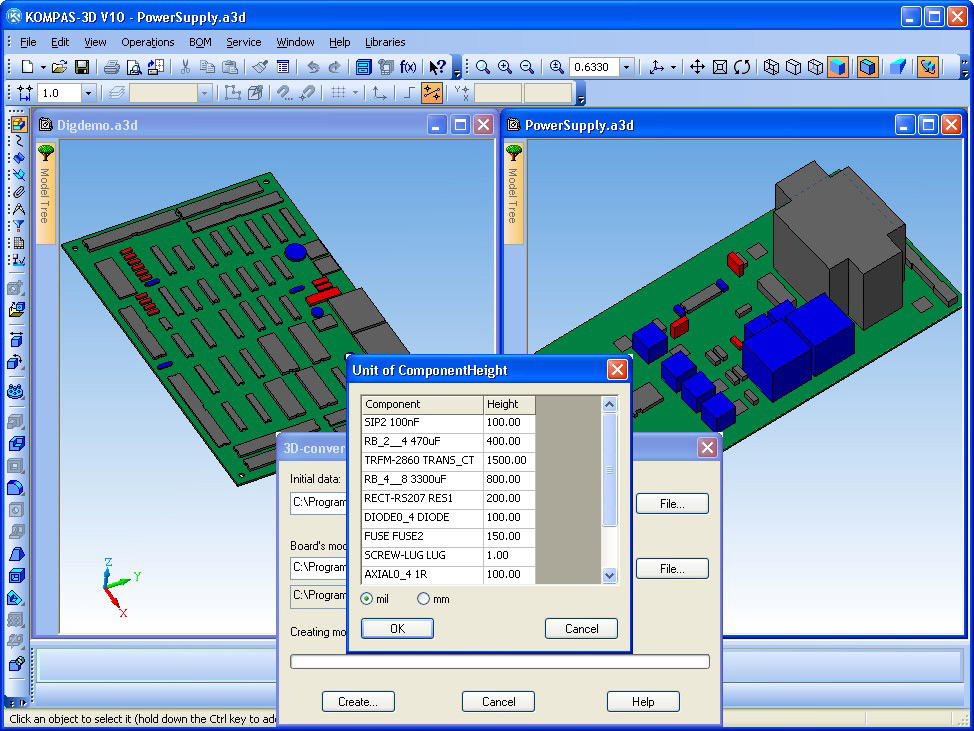


Unfortunately, this no longer seems to be practiced, and I know of no current CAD system that provides this option.īorn and raised in what was then Rhodesia (now Zimbabwe), Aubrey Kagan completed his electrical engineering degree at the Technion, Israel Institute of Technology, and obtained an MBA at the University of the Witwatersrand in South Africa. I remember Intel used an off-sheet convention on its SBC (Multibus) schematics. Similar approaches were used widely throughout the industry. When the net went off the sheet, the sheet number and matrix co-ordinates were written next to the off-sheet symbol. (The same technique was used to locate roads, towns, and other entities on maps - remember the days before GPS?) When a net was split on a sheet, an arrow would point to the other side of the net, and a matching arrow would point back. Since I inevitably have to create a symbol, every time I evaluate a package, I look to see whether the symbol can be translated and how easy it will be to recreate.Īt Control Data, the schematic drawing had letters along one dimension of the sheet and numbers along the other, so it was possible to localize a zone of the sheet using its matrix coordinates. More often than not, the symbol is not in the library provided. Also, I have a tendency to select parts that are not quite mainstream, and even though I consider my work to be trailing edge, I often select components that are new to the market. Each version always boasted many symbols, which were either very simplistic or not to my taste. This has influenced me ever since.Īs CAD improved, I moved to PCAD over several iterations - DOS-based PCAD, then Accel (renamed PCAD), then Windows-based PCAD (back to its original name), and finally to Altium. Because I could, I started trying to approximate the circuit representation from the data sheets. This information added to the understanding and debugging of the circuit. During that period, I also began to appreciate the information communicated by the IC manufacturer by using symbols and pin names within the symbol. The package I was using (Autorouter II from the Great Softwestern Company) came with some basic symbols that were limited in number, so I was pretty much obliged to create a symbol for each part I used. In the end, I could create such a script in my head. It was much easier to create the block as a script, because this facilitated the maintenance and copying of the symbol. The collection of graphics would be combined into an entity known as an Autocad block. These connections would later be used to create the netlist. (See How It Was: PCB Layout from Rubylith to Dot and Tape to CAD.) A symbol involved using the graphics features and creating a table where the connections would be made.
#CREATING A COMPONENT PCAD 2006 MANUAL#
Manual methods evolved into CAD, and I started laying out boards using a scripting language based in Autocad.

If I wanted someone to redraw the schematic neatly, that person would have to transcribe what I had drawn - often with mistakes. It was difficult to replicate my own symbols, because they had been created freehand. I would use a logic template where I could, but anything more complex was left to my own imagination. When I produced my own schematics after that, it was by hand. Power supplies and decoupling are vital for a circuit, but their representation on a schematic always gets in the way of the other signals, so I prefer to place them away from the rest of the schematic by perpetuating this technique. At any rate, Control Data standards were that every IC was portrayed as at least two parts, with the first always being just the power supplies to the device. Even with CAD systems, I still do this today. I worked in the drafting department, mainly checking that a schematic matched its associated PCB trace for trace. During the hiatus, I found a job at a company called Elbit Computers, a subsidiary of Control Data Corp., a supercomputer giant at that time. In the aftermath of the Yom Kippur War of 1973, university studies in Israel were suspended, since most of the staff and students had been called up.


 0 kommentar(er)
0 kommentar(er)
